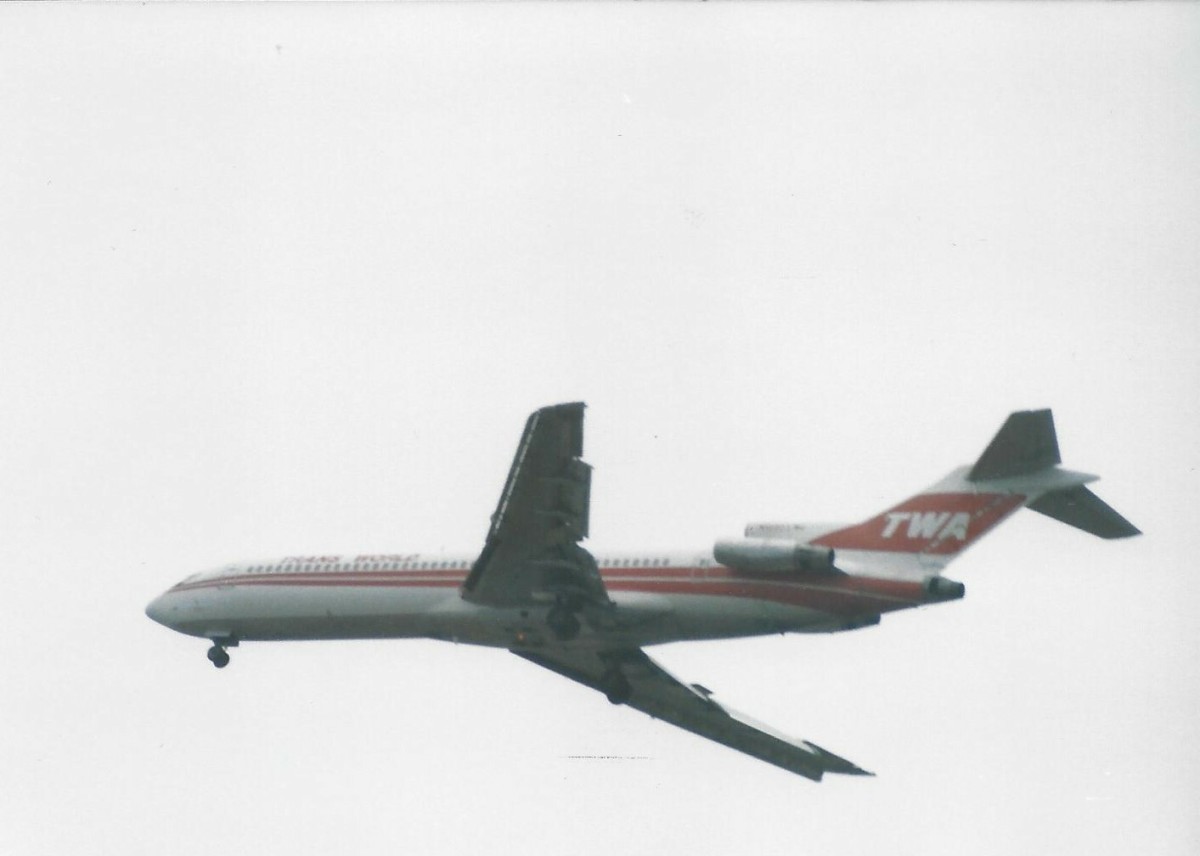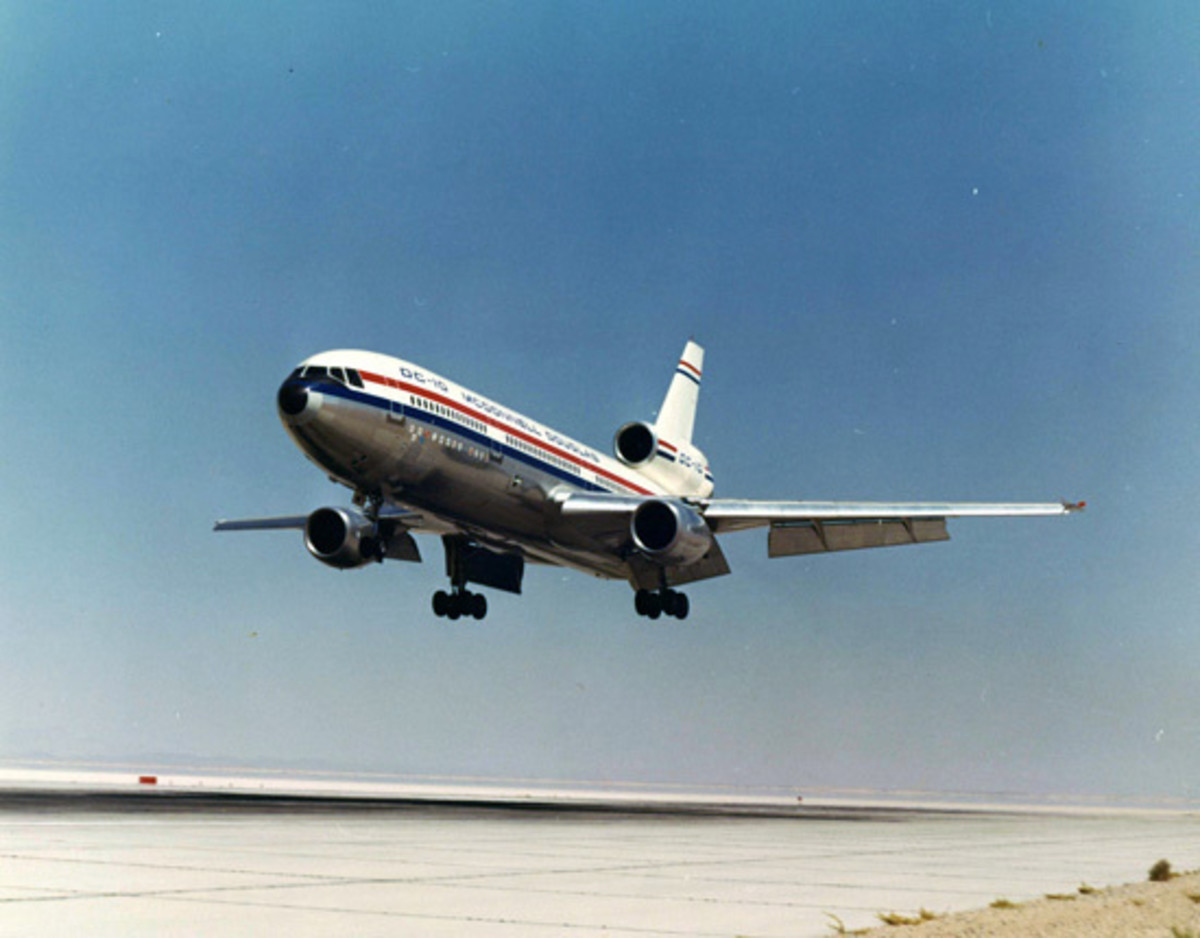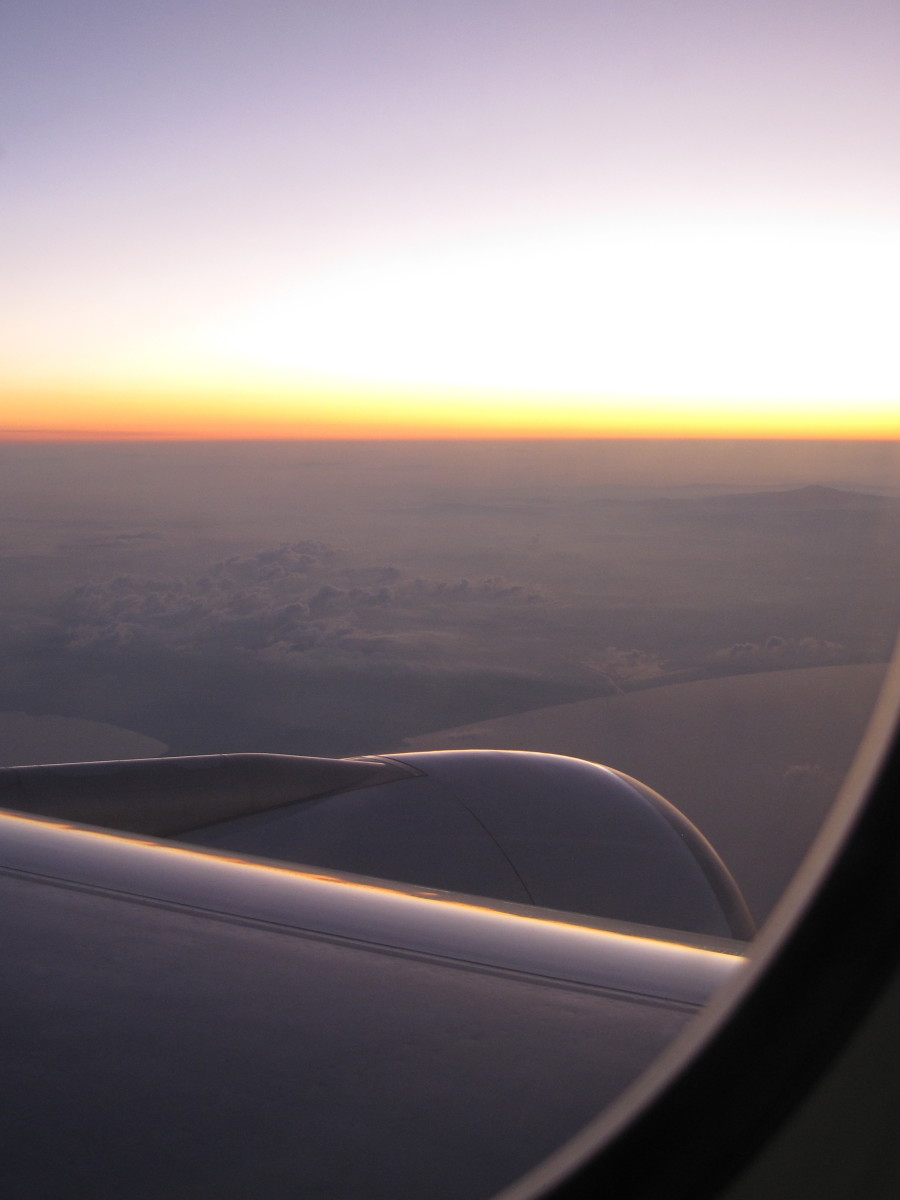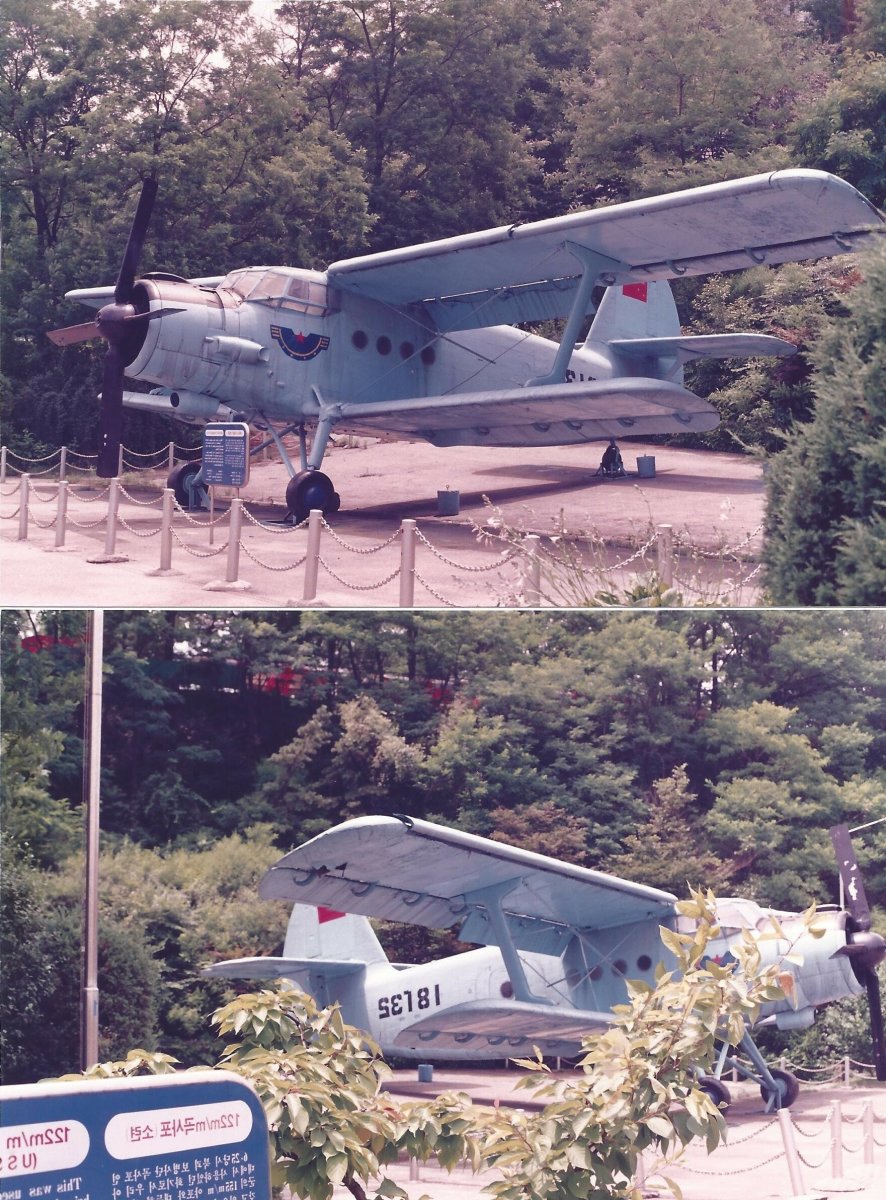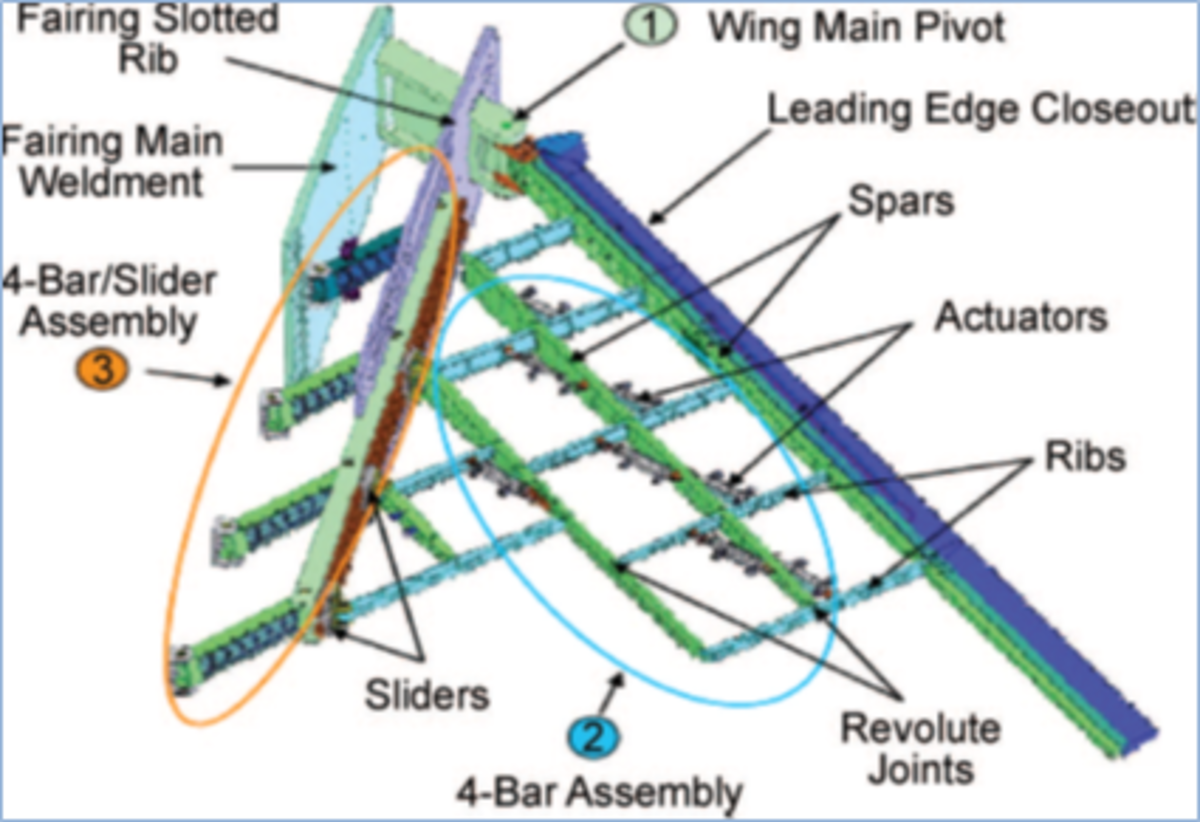2 Aviation Disasters That Could Have Been Avoided

Many aviation disasters are unforseen accidents. They are caused by any number of circumstances that culminate in the ultimate tragedy. Accidents are investigated, changes are made to aircraft and pilot training, and the skies get a little safer. Or, at least, that's how things usually go.
Sadly, sometimes a disaster comes not as a fluke, but as the result of deliberate ignorance of a known flaw. Sometimes serious mechanical or pilot training deficiencies go unaddressed because they had not yet resulted in an accident. Sometimes people have to die before a known failure is finally fixed.
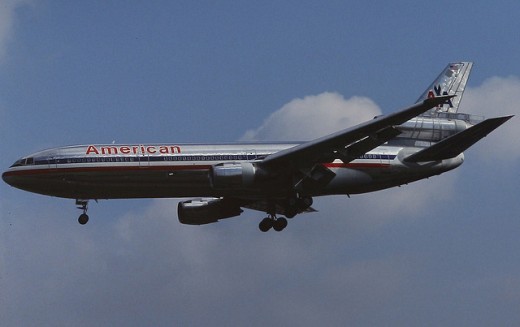
Terminology
Airworthiness Directive (AD) - Issued by the FAA when a dangerous condition is threatening air safety. All aircraft with the condition, such as a faulty mechanical system, can no longer fly until the issue is fixed in compliance with the directive. ADs typically follow a standard board approval process before they are implemented, as ADs can be disruptive to the industry. Emergency ADs can bypass this procedure if the condition is so dangerous that it could result in a fatal accident.
Turkish Airlines Flight 981
The Accident
On March 3rd, 1974 a Turkish Airlines McDonnell Douglas DC-10 crashed into a forest outside of Paris, France. All 346 passengers and crew aboard perished, making it the deadliest single-plane crash with no survivors. The cause of the accident was an explosive decompression that occurred when an improperly sealed cargo door broke away from the plane during flight.
As a result of the decompression, two rows of seats collapsed through the floor and were blown out of hole in the cargo bay. As the seats collapsed they severed the primary and secondary control cables for the aircraft’s elevators and rudders. The throttles for the Number 2 and 3 engines were also lost. Without these vital systems, the pilots had no way to control the plane and it subsequently crashed.
Why It Shouldn’t Have Happened
A nearly identical incident, on the same type of plane, occurred two years earlier. American Airlines Flight 96 had a rapid decompression incident when its cargo door also fell off during flight. Unlike the Turkish flight, the seats over the damaged part of the plane only partially collapsed. The right elevator cable was restricted, but many of the hydraulic and other control lines remained intact. The crew was able to successfully land the craft with few injuries and no deaths.
Investigation into the incident found that the cargo doors on the plane had an inefficient latching system that often did not close the door completely. This made it vulnerable to detaching at high altitudes, when the pressurized air inside the plane put pressure against the door. Furthermore, it was discovered that the plane’s manufacturer, McDonnell Douglas, already knew about the faulty latching system, but did not make upgrades to its planes compulsory.
When the NTSB suggested changes to the system, which included a new locking system and venting ducts in the rear cabin floor to prevent the rear seats from collapsing, the FAA failed to make these recommendations mandatory via an Airworthiness Directive. McDonnell Douglas complained that such changes would be too costly and complicated. As a result, the FAA agreed to allow McDonnell Douglas to implement its own smaller changes, even as other experts warned that the incident was likely to occur again.
As a result of this mishandling of the American Airways incident, the very same type of failure resulted in the deaths of everyone aboard Turkish Airlines Flight 981. Afterward, the FAA finally issued an Airworthiness Directive, grounding all DC-10s until they made the changes that the NTSB had first recommended in 1972.

ValuJet Flight 592
The Accident
On May 11th, 1996, a McDonnell Douglas DC-9 carrying 110 passengers and crew crashed into the Everglades. Everyone aboard perished. The cause of the crash was determined to be a fire caused by improperly stored cargo, specifically oxygen generators.
The generators were used for the overhead emergency air supply in passenger planes. (They were what supplied oxygen to the masks that drop down during emergencies.) Taken from another ValuJet plane months before, they had been placed on Flight 592 by SabreTech, a third party maintenance contractor, to return them to the company in order to free up space at SabreTech’s facility.
While there was a specific procedure in place for handling and shipping such generators, SabreTech did not have the materials on hand to properly package them. Personnel improvised on the procedure, under pressure from management to get rid of them. Likewise, ValuJet did not supervise SabreTech’s operations and allowed the cargo to be placed on Flight 592 without further inspection.
During the flight, the improperly stored generators activated. While active, oxygen generators can reach temperatures in excess of 500°F. (This is why, on aircraft, they are held in specialized heat-resistant slings.) Being stored in simple cardboard boxes, the shipment quickly ignited. The fire spread quickly, fueled by the oxygen within the containers.
By the time passengers and crew noticed the smoke leaking up from the cargo hold, it was too late. The pilots initiated a return to the airport in Miami, but the fire spread too fast for them to make it. The plane became increasingly difficult to control as the flames consumed system after system. Finally, the plane crashed into the Everglades, likely after the crew became incapacitated by smoke.
Terminology
Safety Initiative - An internal change of policy and regulations in regard to public safety concerns. Specific to the FAA, safety initiatives are issued in regard to the aviation industry. They may be in support of changes to specific craft, or an industry-wide concern. For example, a current FAA safety initiative is supporting the development of environmentally safe aviation gasoline. Safety Initiatives are typically not as disruptive as Airworthiness Directives, and affected airlines have a wider range of time in which to comply with them.
Why It Shouldn’t Have Happened
The FFA had previously been warned by the NTSB that airplanes with Class D cargo compartments (the same type on Flight 592) should be equipped with fire detection and extinguishing systems.
In 1980, a fire broke out in a Saudi Arabian Airlines Lockheed Model L-1011 cargo hold. Though the flight managed to return to the airport, the fire quickly overtook the cabin and killed everyone aboard while it sat on the runway. This was the first time NTSB recommended FAA reevaluation of Class D cargo compartments.
In 1988, eight years before the Flight 592 accident, an American Airlines McDonnell Douglas MD-80 experienced a cargo hold fire started by improperly stored materials. In this case, the accelerant was hydrogen peroxide. The crew managed to land safely. Again, the NTSB recommended Class D cargo holds be upgraded.
Despite these previous warnings, the FAA issued no formal initiative or AD. It was only after the ValuJet flight crashed, and years of legal testimony and public outcry, that a safety initiative was finally issued in 1998. It required all Class D cargo holds to be upgraded to Class C, meaning they must contain fire detectors and extinguishers. Class D is no longer a recognized class of cargo hold.
Discover More


